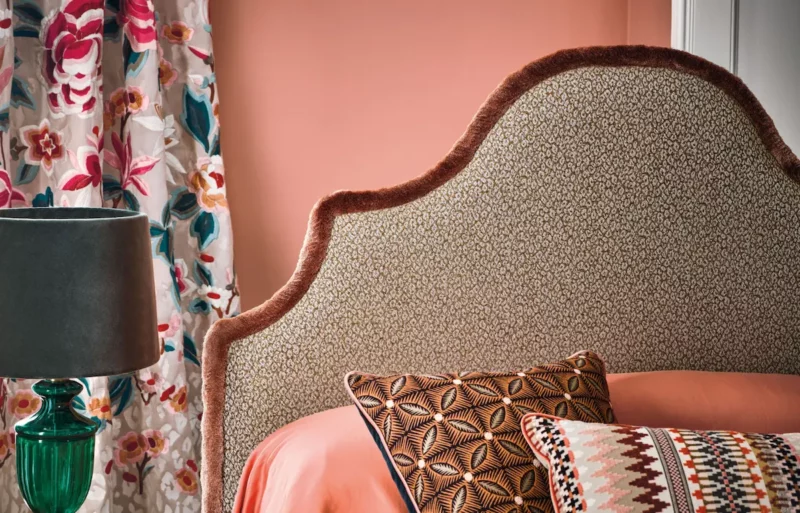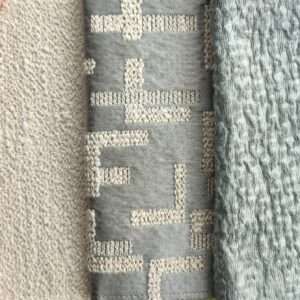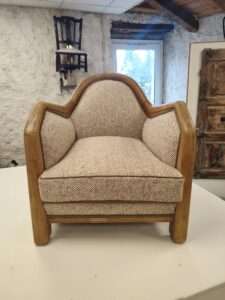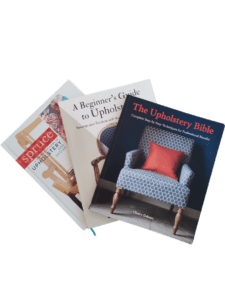Hello there!
So I’ve been working on something that’s been absolutely consuming my thoughts lately, and I HAD to share it with you all. You know how sometimes you’re working on a piece and you find yourself wondering about the story behind the fabric, the era it came from, or why certain design choices were made? Well, my team and I have been building this incredible resource that dives deep into exactly those questions.
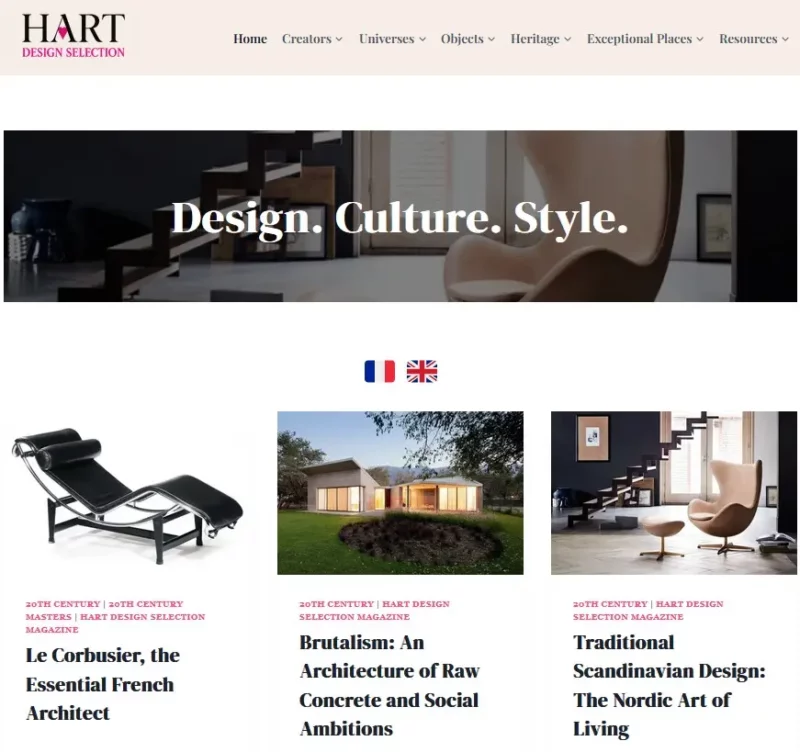
Picture this: you’re restoring a 1920s bergère chair, and you want to understand not just the restoration technique, but the why behind the original design. Why did Art Deco furniture suddenly embrace those geometric lines? What cultural shifts were happening in Paris workshops at the time? What innovations in upholstery techniques made those flowing curves possible?
This is exactly the kind of deep-dive storytelling we’ve been crafting at Hart Design Selection.
Meet Hart Design Selection: Design. Culture. Style.
Okay, so Hart Design Selection is this passion project we’ve been pouring our hearts into – a bilingual webzine that explores design history from around the world.
Every single article comes from real hands-on experience in the craft. Think of it as having coffee with that super knowledgeable professor who actually worked in the field for decades – the kind of insights that make you go “oh THAT’S why they did it that way!” followed by an immediate urge to try it yourself.
Our philosophy is simple: Design. Culture. Style. We believe beautiful objects carry the DNA of their time, and understanding that context makes us better craftspeople. Whether you’re a seasoned upholsterer or a design student trying to decode the mysteries of European decorative arts, we write like we’re telling you fascinating stories over coffee, but with the technical depth that only comes from years of working with these materials and techniques.
I’ve been absolutely loving creating this content, and I realized this is exactly the kind of resource our community has been craving.
The “Resources” Section is Pure Gold (And I Mean Pure)
Friends, the Resources section is where we really get nerdy in the best possible way. It’s like having access to a design historian’s personal library, but written by people who actually work with their hands and understand the difference between a slip stitch and a blind stitch.
We break down textile techniques that have been passed down through generations, dive into the fascinating history of major European textile manufactures (did you know Lyon’s silk industry basically invented modern luxury marketing?), and explain production secrets from different eras that most decorative arts books gloss over.
Take our comprehensive guide to textile arts and upholstery fabrics – it’s not just about what fabrics to choose, but understanding how weaving innovations in 18th-century France influenced the furniture forms we still work with today. Or why English Arts and Crafts textiles look so different from their Continental cousins (spoiler: it’s all about the social politics of the Industrial Revolution).
Plus, we’ve created this incredibly detailed glossary of decoration terms that explains everything from “piétement sabre” to “passementerie” and “cannage” – basically all those technical terms we toss around but our clients look at us blankly when we mention.
Other Sections That’ll Completely Hook You
Heritage & Design History – This is where we explore all the major artistic movements that shaped decorative arts, but with a twist. Instead of just listing dates and famous names, we dig into how these movements actually influenced the furniture you’re working on today.
Our comprehensive overview of European decorative styles reads like a fascinating novel about how political upheaval, technological innovation, and social changes shaped everything from chair leg designs to fabric patterns. Understanding these helps immensely when you’re trying to figure out why a 1930s chair has those particular lines or what makes Liberty fabrics so distinctively recognizable.
Creators & Visionaries – These designer profiles are some of my absolute favorite content to create. We don’t just tell you that William Morris revolutionized textile design – we explain how his political beliefs influenced his weaving techniques, why his workshops were set up the way they were, and how you can spot authentic Morris & Co. work versus the countless reproductions.
Same goes for the Thonet brothers and their bent wood revolution, Charlotte Perriand’s modernist vision, or lesser-known figures who invented techniques we use every day without realizing their origins. Each profile helps you understand not just the what, but the why behind design decisions that still influence us today.
Universes & Atmospheres – This section is pure inspiration for anyone who works with textiles and interiors. We dive deep into how different materials create emotional responses – why raw oak feels grounding, how hand-woven linen changes the entire energy of a room, or what makes certain color combinations feel so effortlessly elegant.
We explore textile trends and wallpaper innovations alongside textures, patterns, and material contrasts through both historical and contemporary lenses. Perfect for finding inspiration for future projects and understanding what’s driving current design movements.
Exceptional Spaces – We feature incredible interiors that breathe – not necessarily grandiose, but always perfectly curated. From countryside châteaux where every textile has been carefully chosen to honor the architecture, to cutting-edge urban lofts that blend historical techniques with contemporary vision.
Each space analysis breaks down the design choices that make these interiors work, so you can apply those principles to your own projects.
Design News & Trends – We keep track of major international exhibitions, innovative material launches, and emerging techniques that matter to working professionals. Plus insider access to trade shows and ateliers that most people never hear about.
Why This Project Means Everything to Me (And Why It Should Matter to You)
What I absolutely love about what we’re building at Hart Design Selection is how we tell stories instead of just listing facts. We’ll tell you about that Venetian artisan who invented a revolutionary gilding technique in his tiny workshop overlooking the Grand Canal, or that Lyon silk manufacturer who developed the first iridescent fabrics by accident while trying to recreate Byzantine textiles.
These aren’t just random historical curiosities – they’re the stories behind the techniques we use every day. Every time you use a particular seaming method, choose a specific thread weight, or recommend a certain approach to your client, you’re carrying forward knowledge that has been refined over centuries by craftspeople who faced the same challenges we do.
This connects us to an incredible lineage of makers and reminds us that we’re part of something so much bigger than just fixing furniture. We’re cultural custodians, keeping alive techniques and aesthetic wisdom that might otherwise be lost.
Real Talk: This Elevates Your Entire Game
Look, we all know our technical skills are solid. You can reupholster a wing chair in your sleep, and your French seaming is probably better than what came out of most 19th-century workshops. But having this deep historical perspective? It completely changes everything.
When you can explain to a client not just how to restore something, but why it was made that way, in what cultural context, with what constraints and innovations – that’s when you go from skilled worker to true expert. That’s when clients stop seeing you as “just” an upholsterer and start recognizing you as the design professional you actually are.
And honestly, it’s not just for us working professionals. I’ve been getting incredible feedback from design students, interior design majors, and architecture students who’ve been using Hart as a reference for their studies and thesis projects. There’s something about having real technical insights alongside the historical context that just clicks for people learning the craft.
The academic resources are great for theory, but they often miss the practical knowledge that only comes from actually working with these materials and techniques. Hart bridges that gap perfectly.
Plus, the inspiration factor is absolutely unreal. Every piece we research opens up new creative possibilities, suggests color combinations you hadn’t considered, or reveals forgotten techniques that could totally work in modern applications. I’ve started incorporating elements I learned from our research into my own work, and clients are noticing the difference.
Bottom Line: This Changes How You See Your Craft
Hart Design Selection is that cultural foundation that takes our craft from good work to true artistry. It’s my way of sharing the incredible design heritage we’re all carrying forward every day in our studios, backed by the expertise and research of our whole team.
This isn’t just another design blog with pretty pictures and surface-level trends. This is deep-dive storytelling that connects historical knowledge with practical application, making you a more knowledgeable craftsperson and a better educator for your clients.
Next time you have a few minutes between projects – or when you’re waiting for that glue to set, or that custom trim to arrive – do yourself a favor and dive in. Your design brain will thank you, your clients will notice the difference in your expertise, and honestly? You’ll start seeing your own work in a completely new light.
This resource might become an essential part of your professional toolkit.


